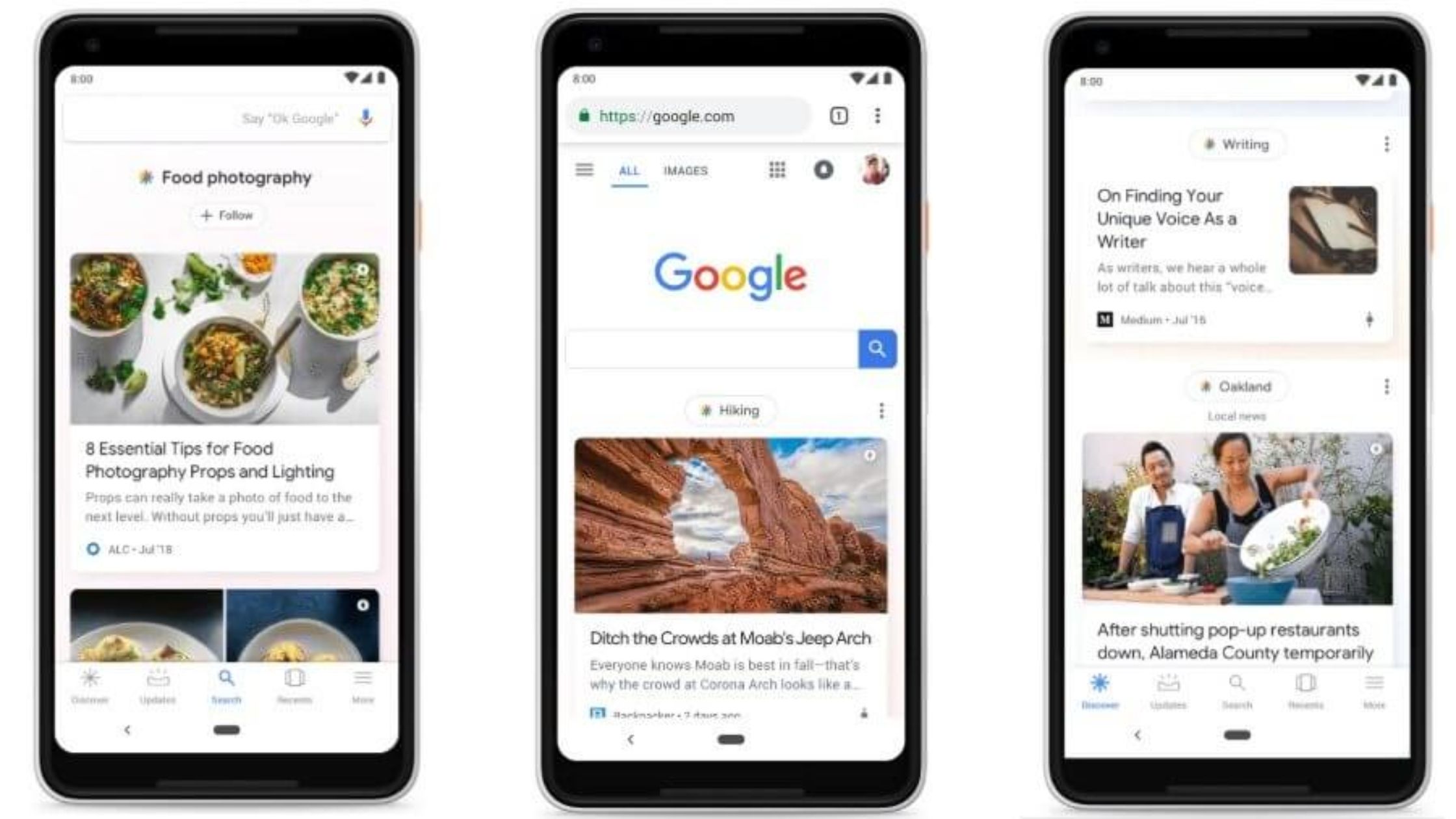If you’re still chasing traditional search rankings, it’s time to shift your focus. Google Discover is rapidly becoming the powerhouse that drives more traffic to publishers than Google Search itself. But this feed isn’t about keywords or queries it’s about surfacing content that matches a user’s evolving interests before they even know they want it. For content creators and marketers, cracking Discover’s code is no longer optional; it’s essential.
Google Discover operates like a personal newsstand for every user, curating articles and videos based on their habits, location, and preferences. Unlike search, it doesn’t wait for a user to type anything; it predicts what you might find interesting and serves it proactively. This fundamental difference means traditional SEO tactics keyword stuffing or chasing queries won’t get you featured here. Instead, relevance, timeliness, visual appeal, and genuine expertise rule the day.
So how do you optimize your content for Google Discover in 2025 and beyond?
Start by thinking beyond keywords. Your content must speak directly to narrow interest profiles, aligning with trending topics that your target audience cares about deeply. For instance, a tech site reporting on a viral coding trend will have better odds than if it attempts to cover broad, generic subjects. Authority in your niche matters more than ever.
Next, your headlines must balance curiosity with accuracy. Headlines in Discover need to grab attention in a fast-scrolling mobile feed but without misrepresenting the story. Google’s quality thresholds penalize clickbait and vague or misleading titles. The goal is to evoke interest through clear, timely, and compelling copy that reflects real value.
Visuals are equally pivotal. Discover’s mobile-first environment demands high-quality, original images that communicate your article’s essence instantly. Stock photos rarely cut it here users want something distinct and eye-catching. A sharp, meaningful thumbnail can be the difference between being noticed or skipped.
Technical performance cannot be overlooked either. Pages must load fast and render flawlessly on mobile devices. Google prioritizes user experience, so investing in speed optimization, responsive design, and clear navigation pays dividends in Discover visibility.
But beware: Google Discover traffic can be volatile. Unlike search, where users actively seek answers, Discover exposes content contextually and rhythmically. Treat it as a supplementary channel a powerful one but don’t rely on it solely for your site’s survival. Keep building brand authority, produce original insights, and maintain a steady publishing rhythm to maximize your footprint.
In an age where consumption patterns change daily, Google Discover represents the future of content discovery a shift from “search to serve.” For creators who embrace it, the rewards include reaching new, highly engaged audiences in an environment optimized for discovery and engagement. Your challenge is clear: master the art of timely, trustworthy, and visually compelling content, and you’ll harness a powerful new tide of traffic that few competitors understand yet.


